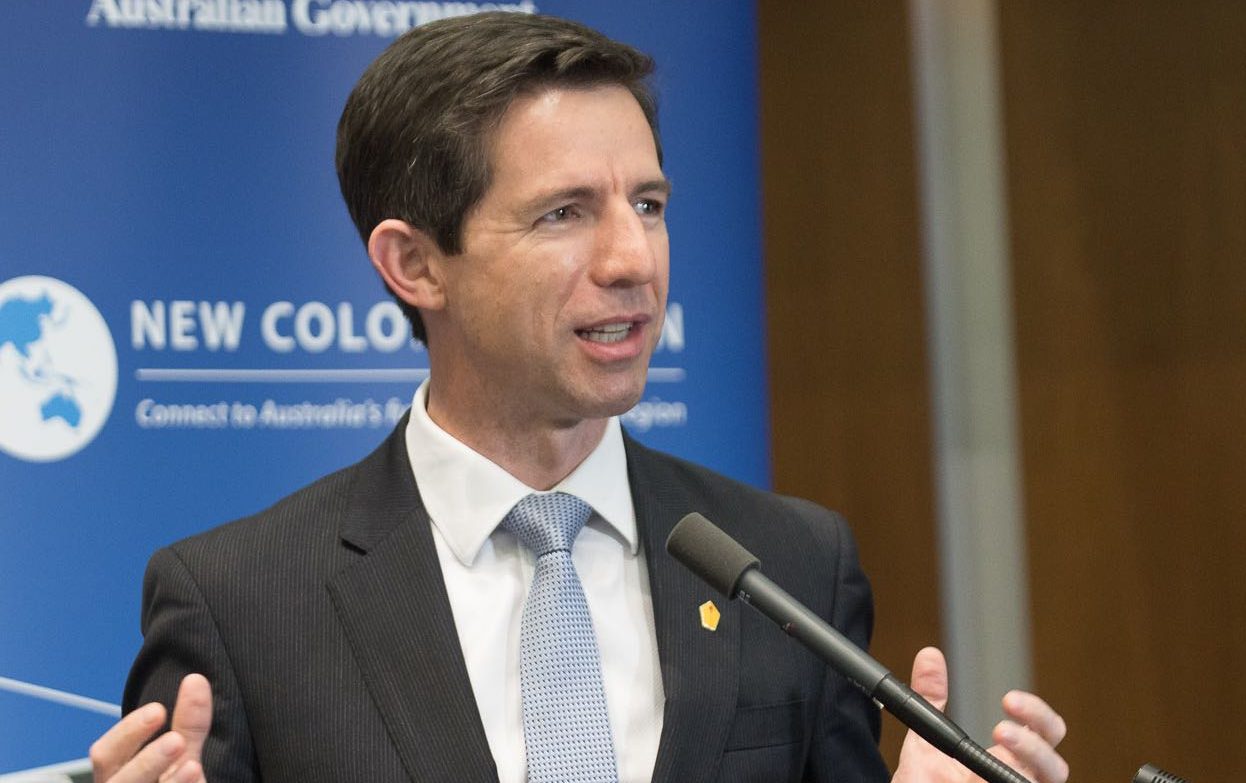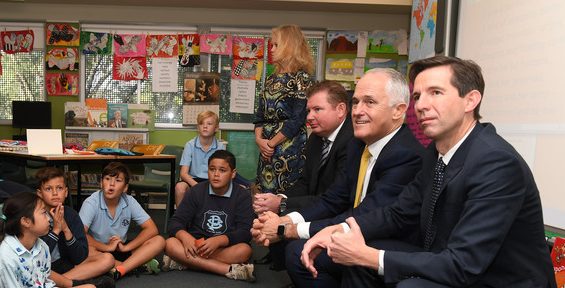Self-care with Adam Voigt: Is your glass half full or half empty?
“Optimism is the faith that leads to achievement. Nothing can be done without hope and confidence.” - Helen Keller

We all face tough days or times. It’s a part of life, especially in schools, and especially for leaders. But it’s how you react, think and act during these tough times that makes a big difference.
Do you tend to see the positive, even in trying situations? Or do you immediately assume the worst and focus on the negative?
It’s the old cliché “are you a glass half full or a glass half empty person?”
When we talk about mindset, one way of defining our attitude and beliefs is by being either optimistic or pessimistic. Defined by Martin Seligman, optimism is when we react to problems with a sense of confidence and hold a belief that negative events are temporary and manageable.
The other key thing about optimism is that it doesn’t mean that we deny reality or that we have all the answers immediately. It means that we are willing to confront the challenges ahead. Pessimism is quite the opposite and is where people tend to believe bad events will last a long time and the outcome is their own fault. Of course, like other psychological states and characteristics, optimism and pessimism exist on a continuum.
Perhaps the most important question is, “Which end of this continuum are you spending most of your time at?”
Most school leaders like to think of themselves as optimistic and positive, and I think that’s fair. After all, we need to hold hope and belief that we can lead our school to be the best it can be. Further to this, the human population is largely optimistic, in fact it’s somewhere between 60% – 80% of people.
Often, we try to make it sound simple, that is positivity leads to optimise. The reality is that it doesn’t always unfold like this. Maybe a student misbehaves and we choose to take a positive approach. It may mean that we give one more warning, avoid a difficult conversation or lower our expectation so the interaction doesn’t end with conflict. Or, we can choose to hold our high expectations and deal with the behaviour, even though we know it may result in negative interaction initially or maybe even conflict. In this example, being optimistic means that we hold hope that this short term pain, difficulty or negativity will set us up for success in the long term.
Basically, not everything we do will give us instant gratification or positive affect. This doesn’t mean that we aren’t optimistic. As a leader, do you always hold the belief that the future will be good? Equally important, do your staff have an optimistic outlook? Optimism is partly an inherited trait, but it’s also influenced by our environment and our mindset. The good news is that this means it is something we can learn about, and improve on.
To help you shift your perspective, and improve your levels of optimism, follow the five steps below and you’ll be on the path to greater success.
- Keep the expectation bar high! It’s important that we don’t lower our expectations to make the outlook more positive in anticipation to achieve success straight away.
- Be realistic and don’t forget to acknowledge the negative – The reality is that things can be negative. It’s important we don’t ignore this, gloss over it with positivity or live in a fantasy world where ‘everything is always perfect’. You need to know when to put your rose-coloured glasses on!
- Keep one eye on today and the other on the future – All efforts and plans should be considered not only in terms of the immediate impact but also the long-term effects on your school.
- Your attitude is contagious – We all have colleagues who love to complain. Sometimes we find ourselves falling into the trap or adding fuel to the fire.Negativity is contagious. Luckily, positive emotions can be contagious too.
- Be grateful – Gratitude is the quality of being thankful and appreciative for what we have. It’s not about what we want or don’t have. Gratitude can significantly improve optimism.
Despite all the challenges we face in schools, it’s your job to make sure the glass is always at least half full. Don’t let a negative interaction, a bad day or a minor challenge impact your optimistic outlook on how great your school could be!







